For UNC Lineberger, involving the community in cancer research programs is critical in developing a better understanding of cancer and its impact in all 100 counties in North Carolina. This is the mission of UNC Lineberger’s Office of Community Outreach and Engagement (COE), which has begun a major, new data-driven initiative that will comprehensively describe the cancer burden in North Carolina, including factors that influence cancer patterns and outcomes, and especially the needs of cancer patients throughout the state and the resources available to support them.
“Our goal with this comprehensive effort is to generate insights that will improve our understanding of cancer in all 100 North Carolina counties. We are thinking broadly and deeply about the best ways to get answers to what we don’t yet know,” said UNC Lineberger Director Shelley Earp, MD. “These insights will influence how we approach cancer prevention, early detection and treatment research as well as cancer and survivorship care. It will also help to increase cancer awareness for patients, communities and the public.”
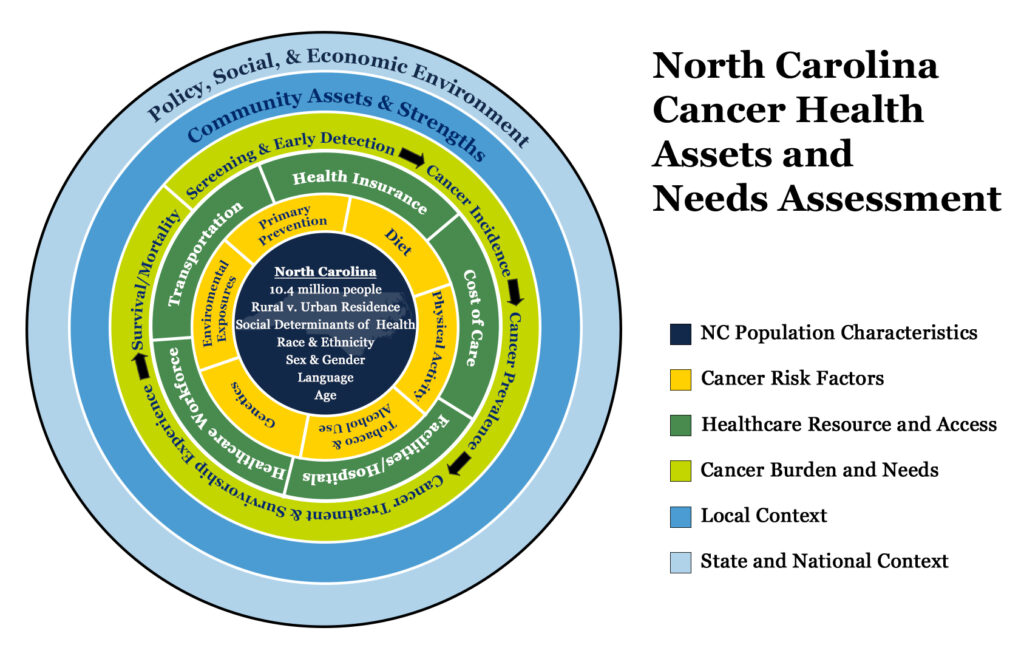
The Community Health Assets and Needs Assessment (CHANA) contains three phases and eventually will be a one-stop resource for downloadable, shareable, aggregate and deidentified data, including:
Collation and analysis of existing public datasets: CHANA is compiling information that is already collected by a range of sources, such as the U.S. Census, and making them available in a downloadable, understandable format.
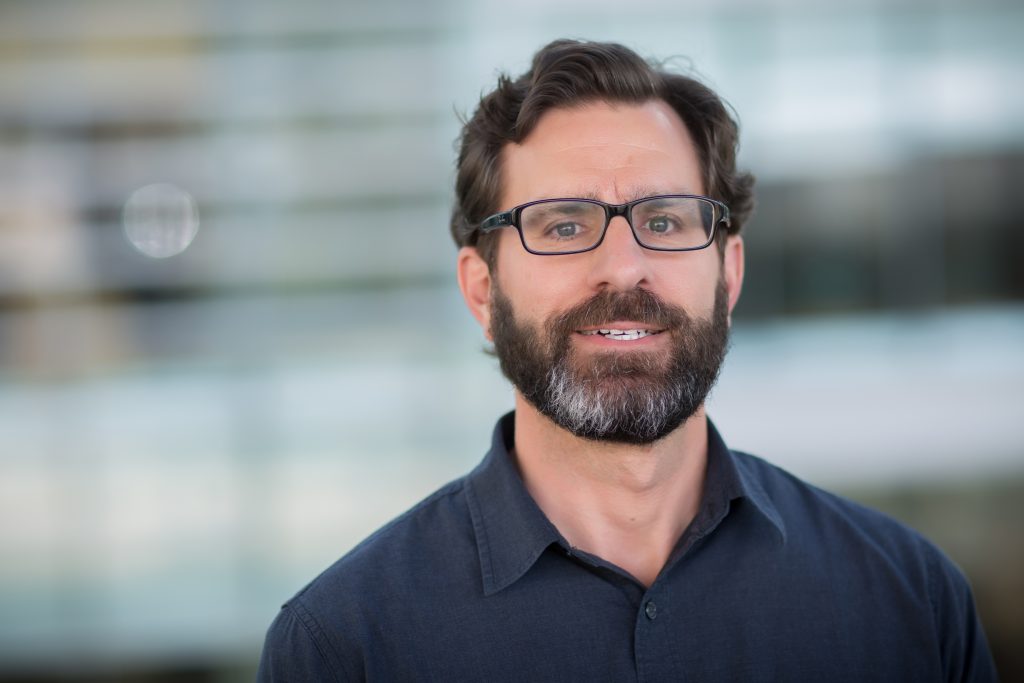
In-depth analysis of other secondary data: the Cancer Information & Population Health Resource (CIPHR), a data-rich core internal resource UNC Lineberger built with funding from the University Cancer Research Fund contains state cancer registry data, health insurance claims data and other information used by UNC researchers to study screening patterns, cancer treatment, outcomes, survivorship and end-of-life care patterns, and other trends for population-based studies of cancer. Under the leadership of Chris Baggett, PhD, CIPHR faculty director and assistant professor, relevant data will be pulled from CIPHR for this project to shed more light on cancer care and patient experiences in North Carolina.
Primary data collection: Population-level surveys and qualitative focus groups and interviews with people who have had cancer and with the public at large will provide information about patient experiences, preferences and resources across the state. UNC Lineberger has already awarded six pilot grants to healthcare providers, patient advocacy groups and other community organizations to begin to conduct these assessments within their communities.
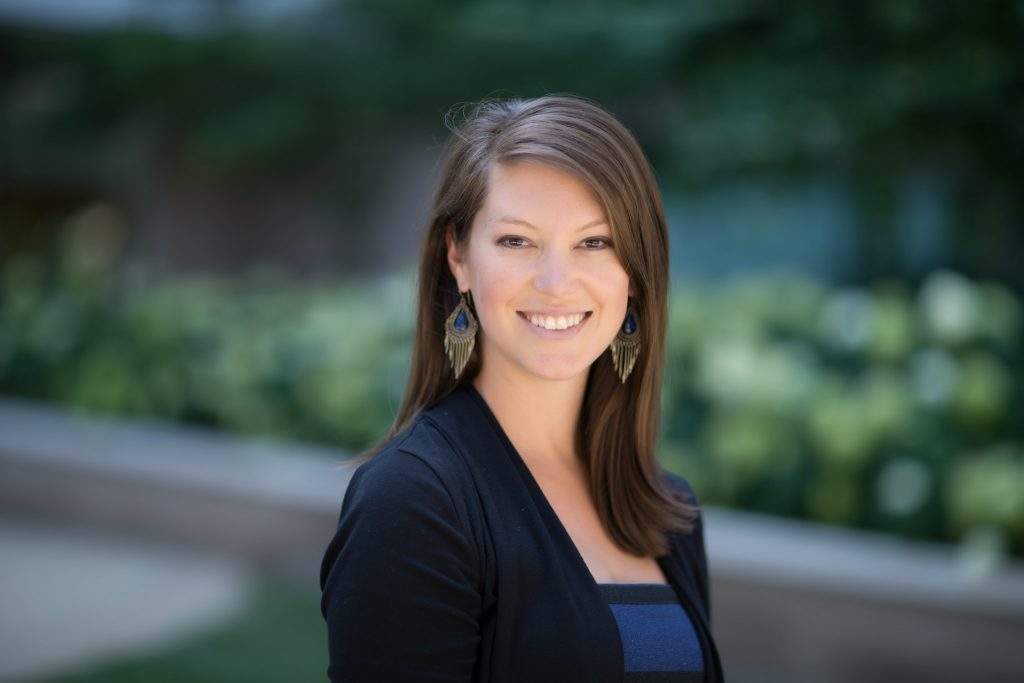
“For us, the compilation of these data is a way to clarify in a more comprehensive way the cancer needs and strengths statewide, so that we can be more strategic in where we invest our and the state’s resources, where to grow and expand recruitment and training infrastructure, and where to expand community partnerships,” said UNC Lineberger COE Associate Director Stephanie Wheeler, PhD, MPH. “But beyond Lineberger, we hope this will serve as a research tool for other researchers and academic institutions, a source of information for policymakers and the legislature, and an easy-to-use resource for patients and communities. Having data about your own community can be powerful.”
UNC Lineberger’s Associate Director of Population Sciences Andrew Olshan, PhD, is lending his epidemiological expertise to the project. He’s also connecting CHANA to other efforts on campus, such the environmental mapping work of Rebecca Fry, PhD, the Carol Remmer Angle Distinguished Professor in Children’s Environmental Health, whose research focuses on environmental exposures to toxic substances are associated with human disease in North Carolina.
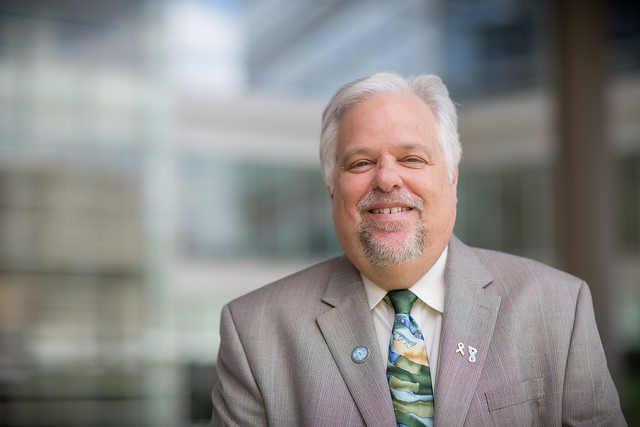
“Part of our goal is to provide stakeholders with the big picture and access to specific data that factors into cancer occurrence and cancer outcomes,” said Olshan, the Barbara S. Hulka Distinguished Professor in cancer epidemiology at UNC Gillings. “Environmental factors, smoking, obesity, social determinants of health, other community factors all can play a part. If this project is describing the cancer problem from a holistic approach, it can point to ways to intervene or improve prevention to reduce the burden of cancer and improve outcomes. We are striving to make it the best and most informative resource and build a sustainable effort that will be refreshed on a regular basis with new data and new insights.”
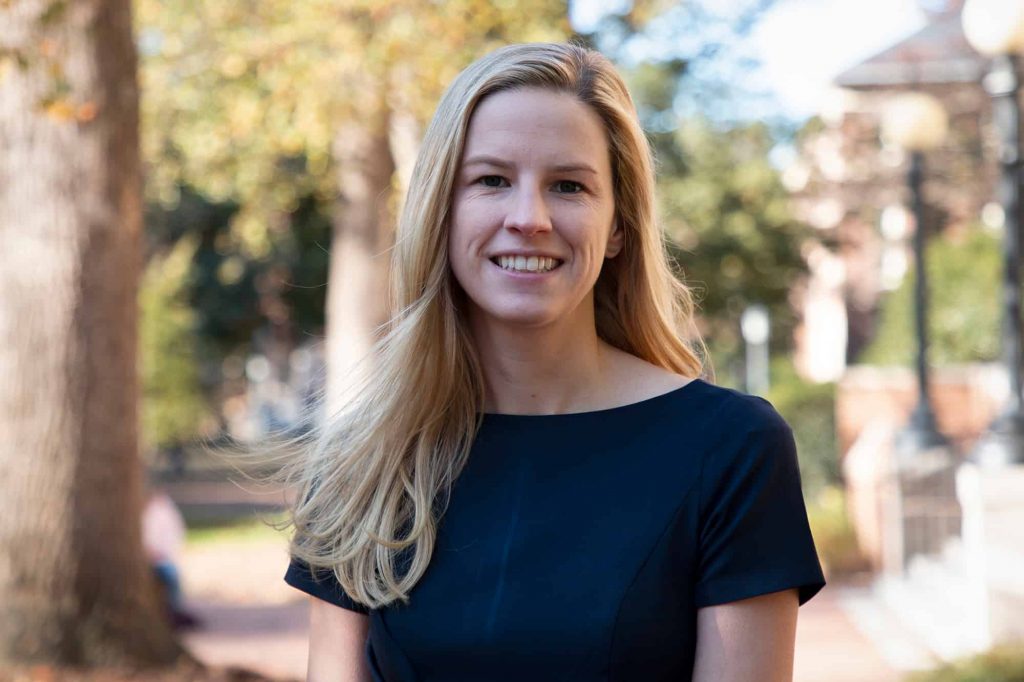
Lisa Spees, PhD, is an assistant professor in health policy and management at UNC Gillings and an expert in survey methodologies and data compilation. As operational lead, she’s constantly updating the outline of what CHANA will encompass, managing student assistants, and determining how to fill the data gaps.
“Our cancer center’s catchment area is the whole state, and that’s unique,” Spees said. “Because it’s so comprehensive, we are collecting data that has not been compiled before. For example, we realized how little information we have about survivorship care, especially those who are off treatment. What supports do they need not just physically, but emotionally and mentally and financially, and what assets are available to them already in the community?”
Highlighting those assets is something that sets CHANA apart from other health assessments, which focus primarily on the burden of cancer and the needs of patients and survivors. That’s why community engagement is such a big part of the project – from helping to define what and where the problems are, to providing local resources to help, and to working with researchers on understanding the data and moving forward with solutions.
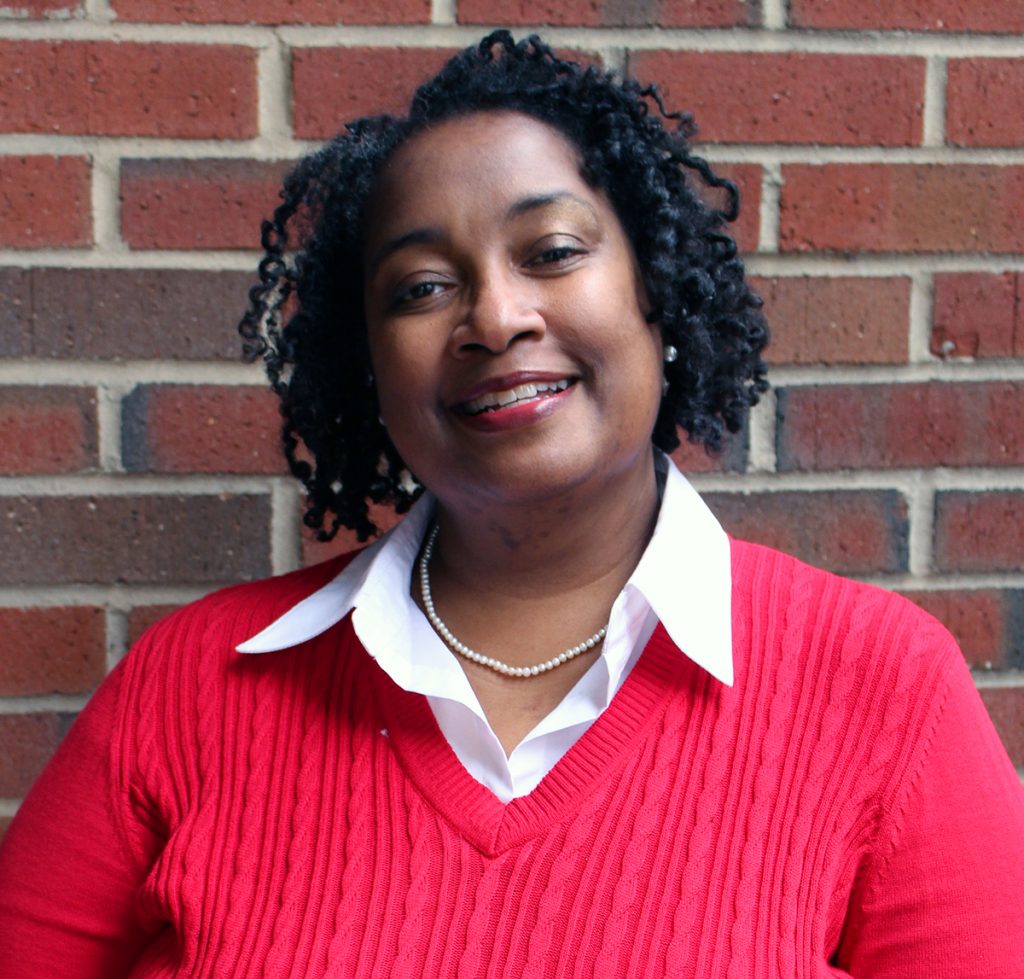
“From the beginning to the middle and until the end, community is integral to the work that we do,” said Veronica Carlisle, MPH, CHES, COE’s senior community health educator, who has built and maintained relationships with countless people and community groups across the state since joining UNC Lineberger in 2002. “Survivors, caregivers, community-based organizations whose focus is on cancer, and faith-based organizations have their finger on the pulse based on their experience and their work. We are looking to address cancer concerns and needs by working together. We can’t do it without each other.”
